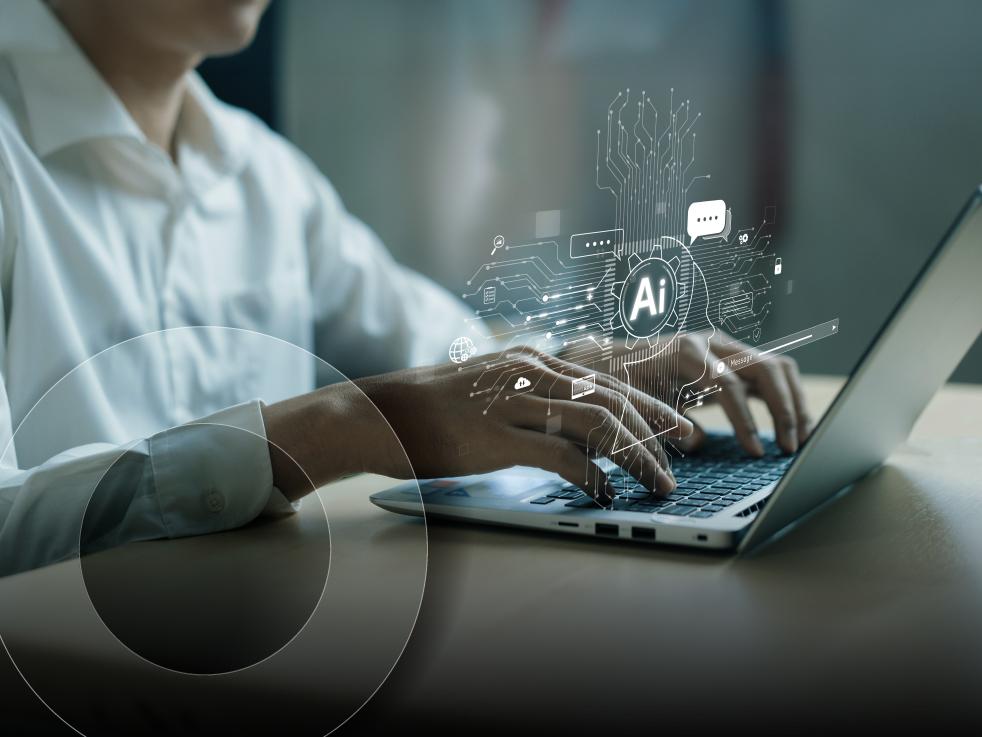Introducing new tech? Here’s how to support employees through change:
Help us help you help them

Hybrid, onsite, virtual: changeable—The environment of the modern office is ever-shifting. Whatever the nature of your workplace transition, the ripple effect of that change carries impact, especially on your employees.
Any disruption to the organization is also likely disruptive to the individual worker, causing feelings of anxiety, frustration, and resistance—particularly around technology. Often, change in tools or routine can trigger this defensive shift in behavior, which is only human nature. In fact, 70 percent of change programs don’t achieve their objectives, mostly because of employee resistance and lack of managerial support.
Therefore, to reduce disruption, ease negative feelings, and ultimately increase productivity, it is important to consider the employee experience when navigating organizational transition. To make your shift as smooth as possible, follow these simple steps from SHI’s expert Training and Adoption Services team.
Give them a voice and a choice
Prior to implementing your workplace transition or new technology, give employees the opportunity to voice their concerns. This includes not only gathering feedback about the move’s logistical components, but also hearing employees’ feelings around the entire transition.
Send out a survey
When making your survey, have an easy way to consolidate and measure responses as you develop your workplace transition plan. Include a variety of questions with concrete answer choices, but also give space for open-ended questions so your employees can express themselves in their own words. With this approach, it’s important to leave enough lead time to thoroughly review the feedback so you can formulate a sufficient response plan.
Predict pushback
Ahead of the change, identify those whom you think will be most resistant to it. Offer them a workshop session with leadership to voice their concerns and allow them to be a part of the solution. Offering them choices of solutions and opportunities for input will ultimately help them to feel empowered rather than burdened by the change.
Communicate and train
Once you have gathered your feedback, analyzed the concerns, and decided on solutions, your priority is communication. Ensure that your initial messaging comes from someone who is respected and who has influence. This can make employees more receptive to the transition and the training that follows. Also consider using multiple modalities for communication like email, intranet sites, internal social platforms, or onsite posters that can reach different subsets of employees.
“What’s in it for me?”
In this stage, recognize the top concerns and speak to how they are being addressed. Above all else, make sure your communication highlights the “What’s in it for Me (WIFM)” for individuals being impacted. Connecting your motivation with theirs in this way will help garner crucial support in the workplace transition. You can then highlight any planned training and identify accessible resources to help them build confidence and competence.
“We’re here to help”
With the subsequent training, we recommend a blended approach of live, instructor-led training along with eLearning and other resources to complement it. The live training will give employees the opportunity to interact with a trainer in real time and participate in a Q&A session. Any additional eLearning component should reinforce the instructor-led training and give individuals the opportunity to learn at their own pace when time permits. This freedom not only allows employees to ask questions as they go but also gives instructors room to address any individual issues.
Sustain their support
With the initial training complete, gather feedback on what went well, what feelings still surround the process, and what support is still needed. Importantly, continue to train, especially with any new technology. Consider making the instruction more impactful by combining the training on the tools themselves with the “soft skills” that align with those trainings. This gives you the opportunity to pose questions like “How do I use Teams to run an impactful virtual meeting?” or “How can I integrate apps into Teams to help me with project management?” This approach makes the workplace transition plainly and sustainably relevant to all involved.
Here to support you
The hardest part of successful transformations is often more mental than physical. Ultimately both the individual and the institution must adapt to succeed. It’s no easy task, but you don’t have to undertake it alone.
Your employees are your most important asset, and ensuring they are onboard even through periods of uncertainty is vital to your continued success. Enlist SHI for expert guidance by contacting our Training & Adoption team today.




